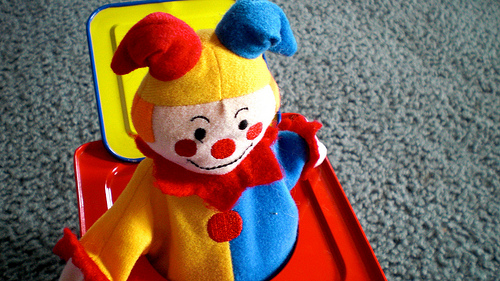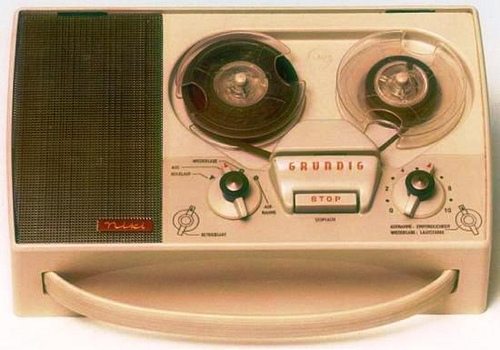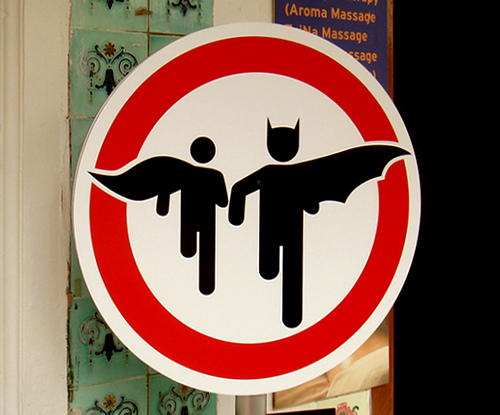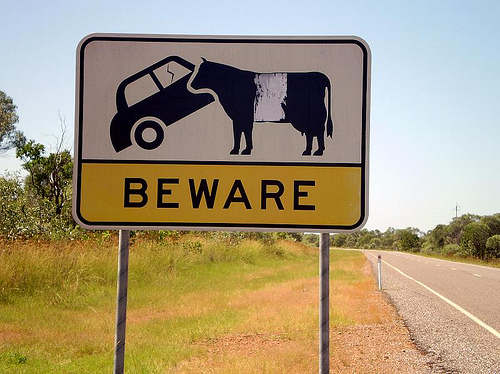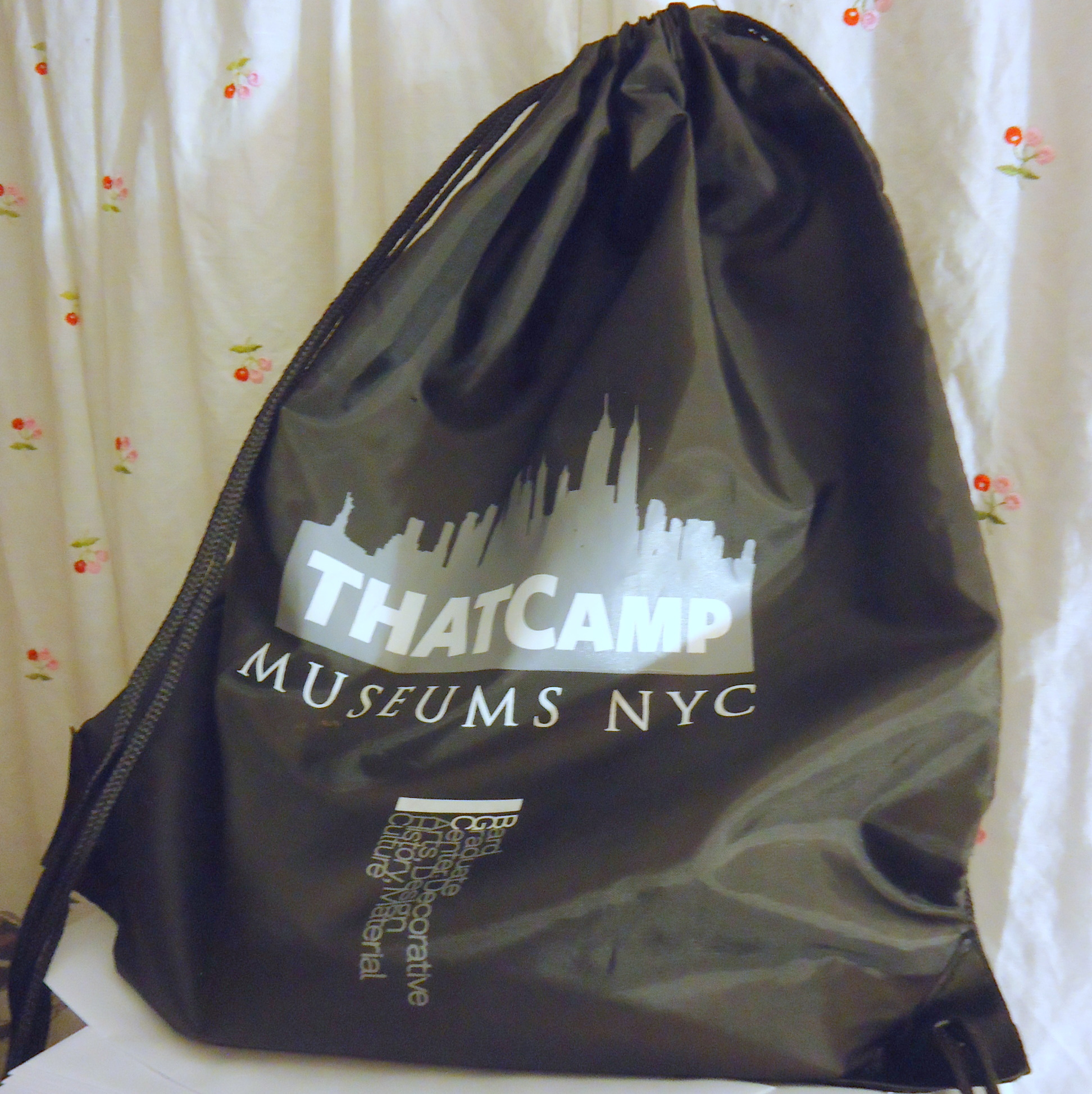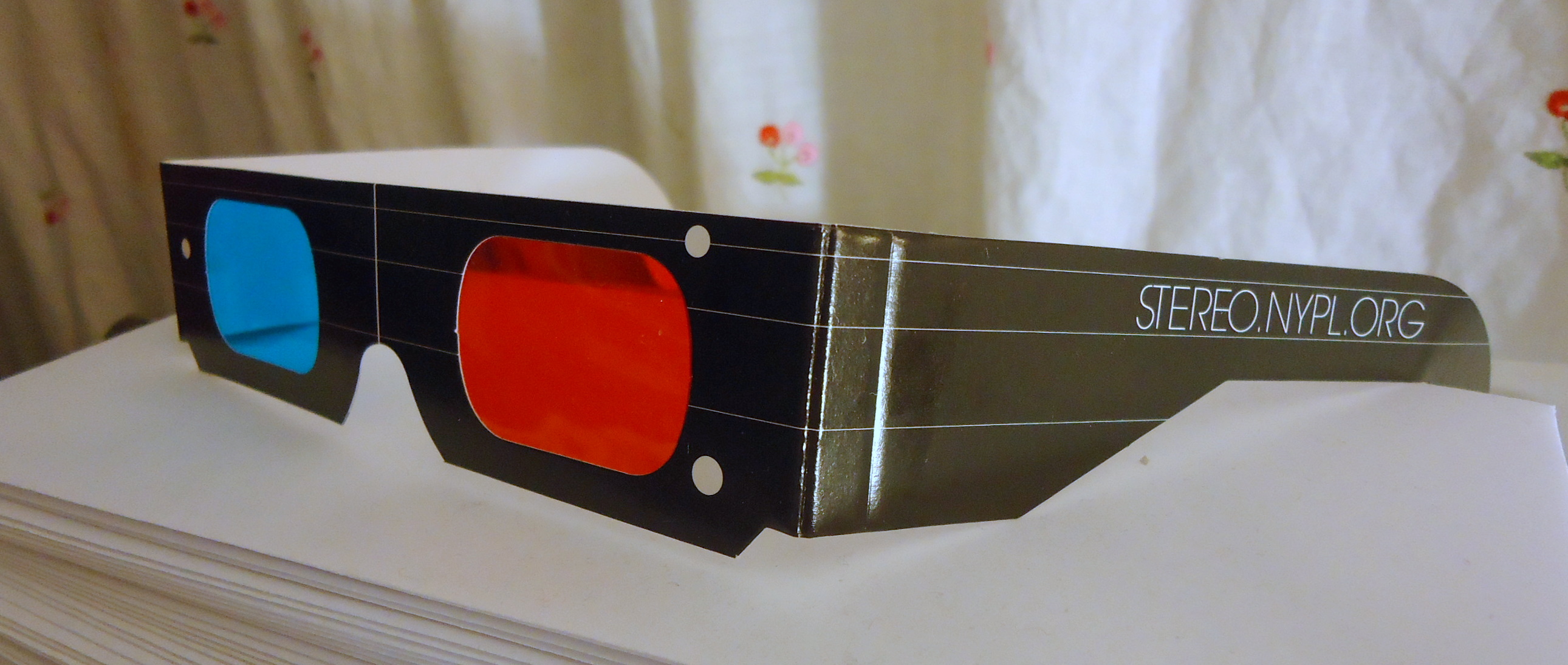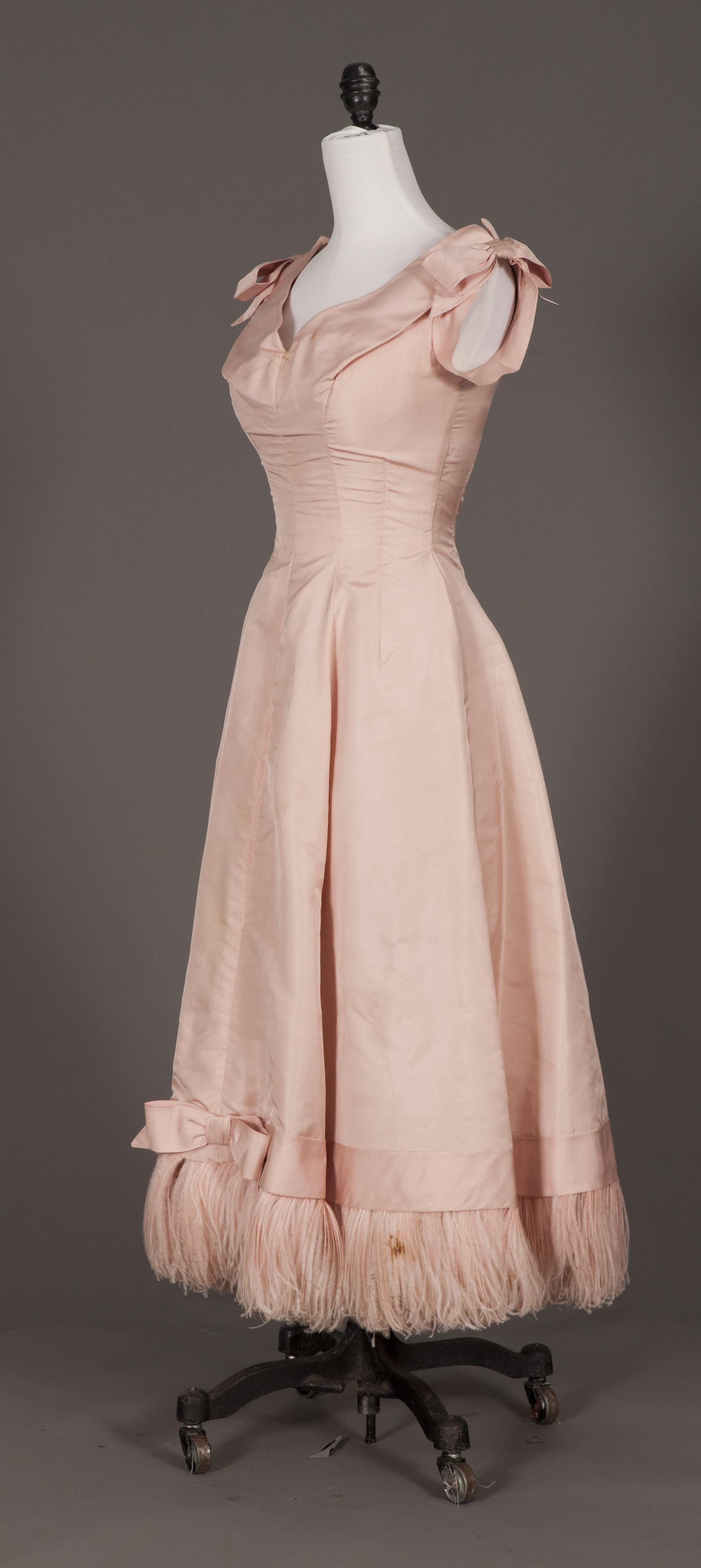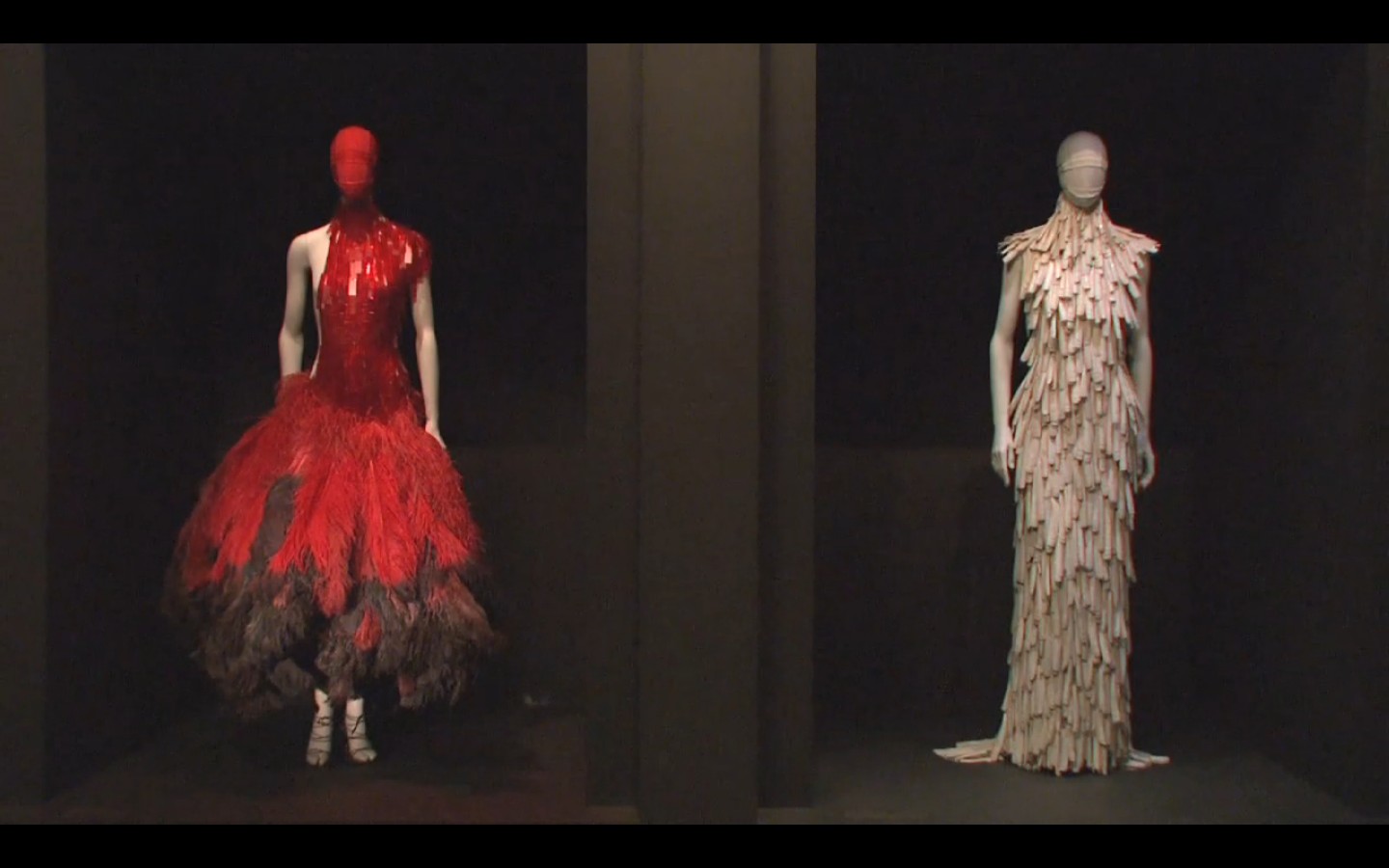I’ve been facilitating knowledge creation in my community for a while now – as a college level instructor. At a quick glance, the mission for new librarians expressed by Lankes in his book The Atlas of New Librarianship seems like it could apply as much to teachers as to librarians.
The Mission of Librarians is to Improve Society through Facilitating Knowledge Creation in their Communities
So how is librarianship different? In my experience, teachers have traditionally been expected to have expertise, and a point of view, while librarians have traditionally been expected to find expertise, and remain unbiased.

As an educator I have always felt like my most important role was as a facilitator, but it has been a struggle to get my students beyond expecting me to simply provide the answers to their questions. I have spent most of my time trying to get my students to ask the right questions, which is why I love Lankes assertion that the popular campaign of READ posters should be replaced by posters that command ASK (p. 74). So maybe I have just been a librarian all along – but I think it’s more complicated than that. Is it possible that librarians are becoming more like teachers, and teachers are becoming more like librarians? If so, when we meet in the middle, we really won’t know what to call ourselves – if we think librarians are having an identity crisis now, imagine that!
In his thread on facilitating in the Atlas, Lankes presents 4 means of facilitation:
- access
- knowledge
- environment
- motivation
Because my recent interest in librarianship has been inspired by my work with digital libraries, I’m quick to see how digital tools relate to all four means, especially access and environments. Lankes discusses online environments as “a place to facilitate knowledge and conversation” not just “a place to provide information” (p. 70, but I’ve reversed his order). In my own experience, I have indeed found online environments to be momentous in this way, opening up previously closed, private, brief conversations to take place in public over the lengthy time of multiple asynchronous exchanges (see my other post on the generosity of social media).
Part of the difficulty here is that this model of collaborative facilitation has a real break with the 20th century American sense of single authorship. I joke with my husband that this is one main difference between us: he is a modernist, the artist working alone in his studio (he’s a metal sculptor), and I am a post-modernist, soaking in all I can from the world around me, past and present, to reshape it collaboratively in a different form. We are each a little suspicious (and at times a little jealous) of how the other works, but neither of us could work the other way. This model doesn’t work for everyone, and I suspect it never will.
This thread also discusses a variety of literacies needed beyond simple decoding of letters into words, seeing the concept of literacy as a means of acquiring power. Aspects of social literacy are significant in my work with the literacy of objects, getting “readers” to understand the social implications of things – a dress, a spoon, a chair. Who made it? Who purchased it? Who used it?
Facilitation by means of access, knowledge, and environment are all pretty straightforward, but I find the real challenge to be in the means of motivation. Lankes suggests we need to “recognize . . . the members’ reasons for using the service” (p. 79) but it’s not that simple. Participation in an online environment is not for the “fun” of learning the technology of the blog/wiki/etc. – it’s “to accomplish some goal ” (p. 89). Still, most of the time, a community member’s reason why they should use a service is much more clear to us than it is to them. This is the aspect I need to work on the most – helping people, let’s say students (but really, aren’t we all students at some level?), to find their motivation.
References






